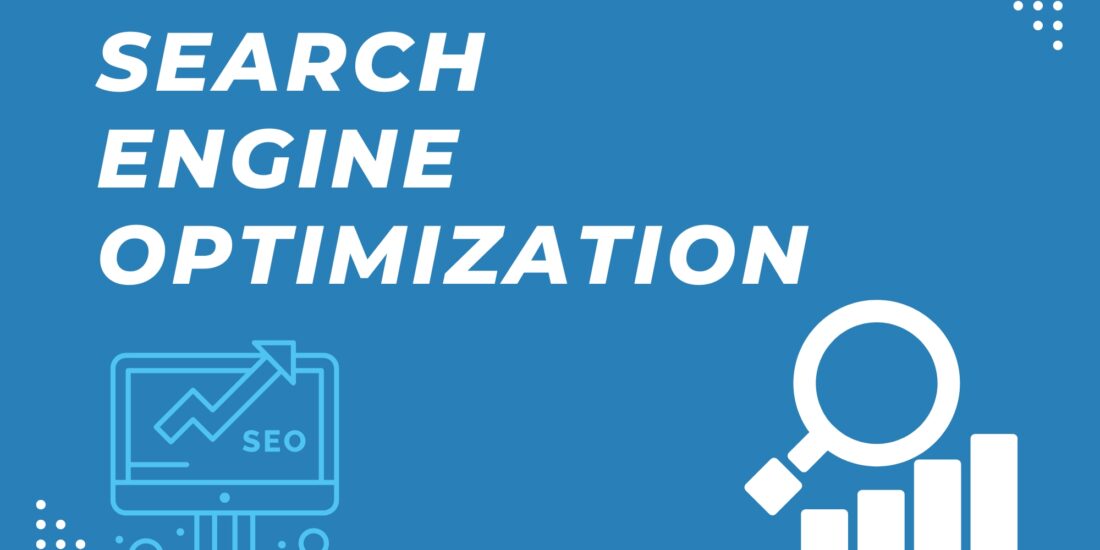Essential SEO Tips to Help Your Small Business Dominate Google Rankings
In today's digital landscape, Search Engine Optimization (SEO) is essential for boosting your business's online visibility. By ranking higher in search engines like Google, you can drive more traffic to your website, attract more customers, and increase your revenue. This beginner's guide will provide essential steps to help your small business rank #1 on search engine results pages (SERPs).
1. Understanding Keywords
The cornerstone of successful SEO is choosing the right keywords—terms and phrases your potential customers use when searching for your products or services. Here’s how to get started:
- Identify Buyer Intent Keywords: These are keywords used by customers ready to make a purchase, like “buy running shoes online.”
- Consider Research Intent Keywords: These are used when potential customers are in the research phase, such as “best running shoes for beginners.”
- List Related Phrases and Questions: Think about how your audience searches and what questions they might ask.
After brainstorming your keywords, use tools like Ubersuggest to analyze their potential by looking at:
- Search Volume: Choose keywords with enough search traffic.
- SEO Difficulty: Select keywords that are not overly competitive.
- Relevance: Ensure the keywords align with your business offerings.
For more detailed information, check out our guide on How to Conduct Keyword Research for SEO.
2. Creating Quality Content
With your keywords selected, create long-form content that targets each keyword specifically. This could include blog posts, landing pages, or product descriptions. For example, if you own a restaurant in Toronto, you might create pages like:
- Best Italian Restaurant in Toronto
- Family-Friendly Restaurant in Toronto
- Best Brunch Spot in Toronto
Each page should be comprehensive, aiming for at least 1,500 words. Make sure to include your keywords in:
- Page Title and URL: Ensure they are concise and include the main keyword.
- First 100 Words: Place the keyword early to establish relevance.
- Subheadings (H2 or H3 Tags): Use keywords naturally within subheadings.
- Image File Names and Alt Text: Optimize images by including keywords.
To dive deeper into this, read our article on Content Marketing Strategies for Small Businesses.
3. Enhancing Page Structure
A well-structured page improves SEO and user experience. Use short paragraphs, bullet points, and images to break up text, making it easier for visitors to skim. Consider these tips:
- Use Short Paragraphs and Bullets: Break content into digestible chunks.
- Include Visuals: Images and infographics can keep readers engaged.
- Keep Content Engaging: Write in an engaging tone to retain reader interest.
Learn more about how to create a great page layout in our guide on Best Practices for Website Structure and Design.
4. Optimizing for User Engagement
Google values user engagement metrics like time on page and bounce rate. To keep visitors engaged:
- Craft a Compelling Headline: Your headline should be clear and enticing.
- Get to the Point Quickly: Address what the user is looking for without unnecessary fluff.
- Design Matters: Ensure your site is visually appealing with easy navigation and ample white space.
For further reading, you might find Google’s Guide on Search Quality helpful for understanding user engagement.
5. Leveraging Multimedia
Including multimedia elements, such as videos, can greatly enhance user retention. Videos can summarize your services or share customer testimonials. Embedding relevant YouTube videos can also keep users on your site longer, which helps with SEO.
Explore our post on The Importance of Multimedia in Content Marketing for more ideas on incorporating videos and images.
6. Improving Search Listings
Your search listing is the first impression potential customers have of your content. Make sure your titles and descriptions are optimized to drive clicks:
- Highlight Unique Benefits: What makes your content stand out?
- Include a Call to Action: Encourage users to click on your link.
- Keep it Clear and Concise: Avoid jargon and focus on clarity.
Read Moz’s Guide to Title Tags and Meta Descriptions for expert tips on crafting effective search listings.
7. Enhancing Page Load Speed
Page speed is a critical factor for both SEO and user experience. If your site loads slowly, users are likely to leave, increasing your bounce rate. To improve page load speed, consider:
- Optimize Images: Use compressed images to reduce load time.
- Utilize Caching: Plugins like NitroPack for WordPress can help optimize your site’s speed.
8. Building Backlinks
Building backlinks from reputable sites is key to enhancing your site’s authority. Backlinks act as endorsements, signaling to search engines that your content is valuable. Strategies to build backlinks include:
- Guest Blogging: Write articles for other websites in your industry.
- Collaborate with Influencers: Leverage their platforms to gain backlinks.
- Create Shareable Content: Infographics, guides, and original research are more likely to be shared.
If you’re interested in learning more, check out our Link Building Services.
Conclusion
SEO is an ongoing process that requires consistent effort and adaptation. By following these SEO tips—selecting the right keywords, creating quality content, optimizing for engagement, and building backlinks—you can improve your small business's chances of ranking #1 on Google. Keep monitoring your performance and refining your strategies to stay ahead in the ever-evolving digital landscape.
By implementing these SEO strategies, your small business can attract more customers and drive significant revenue growth, standing out in a crowded online marketplace.


